samsung nc215s solar netbook
by: Designboom - Weblog, 2011-06-22 09:11:00 UTC
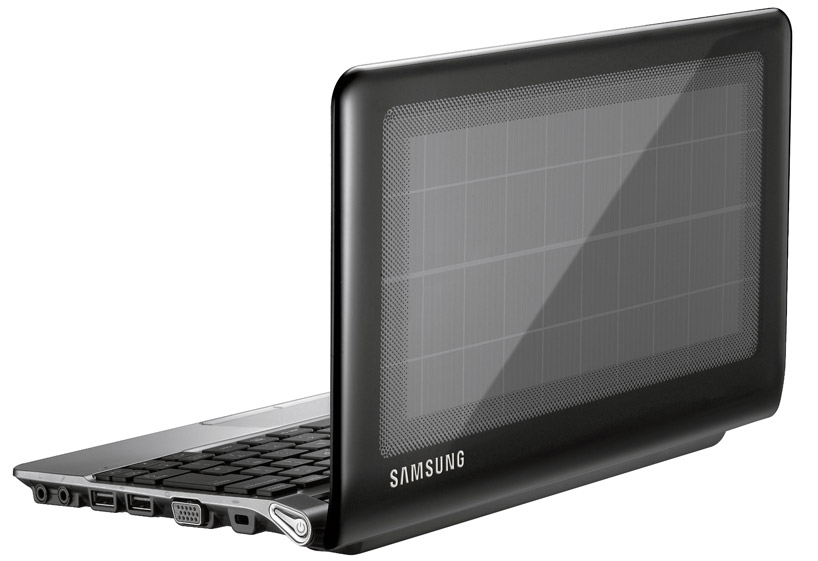
generating an hour's worth of power for every two hours of exposure to sunlight, the 10.1-inch solar netbook is designed for outdoor use, featuring a bright screen and anti-reflective coating.
read more
kulla design studio: 50% sawdust table lamps
by: Designboom - Weblog, 2011-06-22 09:45:00 UTC
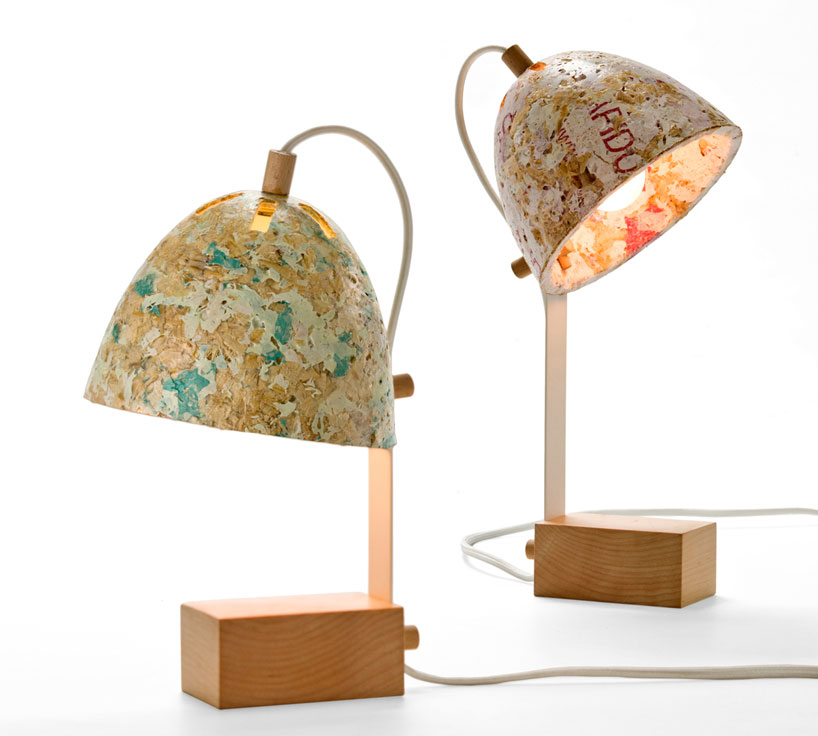
created with a composite of sawdust and plastic bags, the shades of these lamps render colorful
patterns that reframe
the possibilities of reusing waste material.
read more
An All-around Great Kids’ Chair
by: Yanko Design, 2011-06-22 07:01:49 UTC
The EVA chair has got everything covered when it comes to children’s seating. Besides being aesthetically playful & vibrantly colored, EVA is also soft, flexible, & super durable for even the roughest horseplay. What’s more is that the flat-pack design arrives as a planar surface & is formed into shape by fastening the symmetrical halves together with string; something kids & parents can work on together. Did I mention that it’s recyclable, eco-friendly, non-toxic, & requires minimal energy to transport? Phew!
Designer: h220430
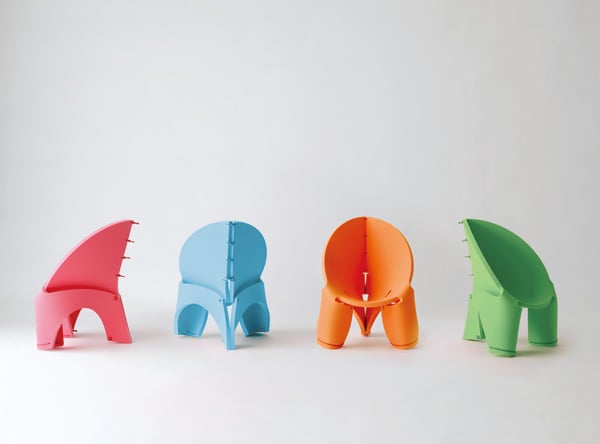
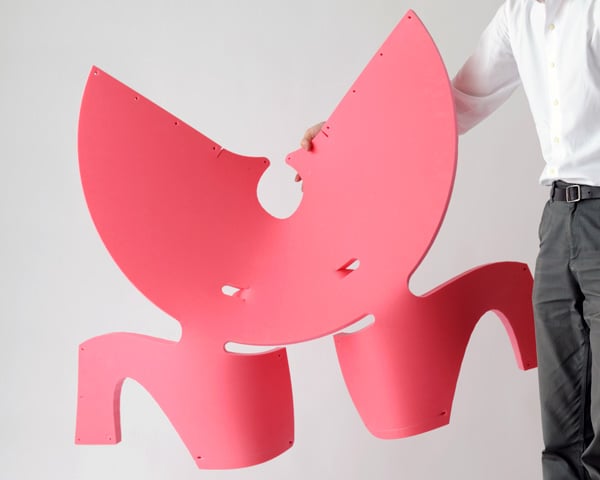
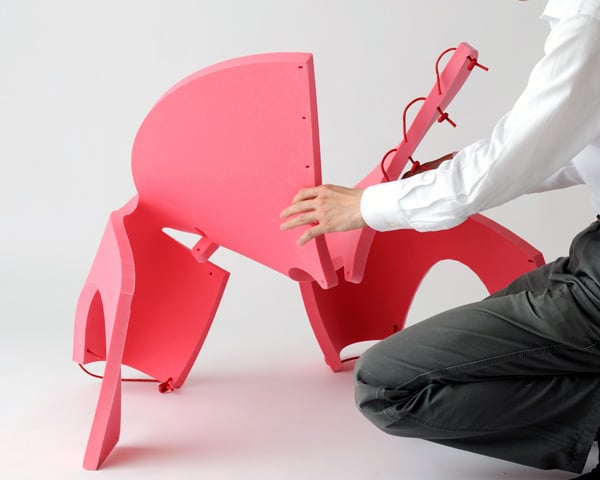
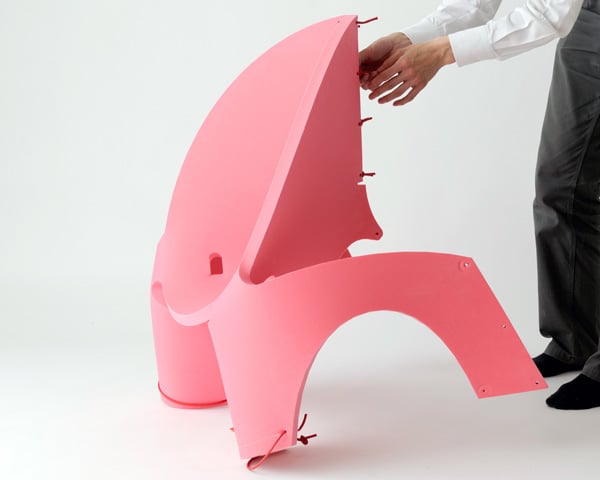
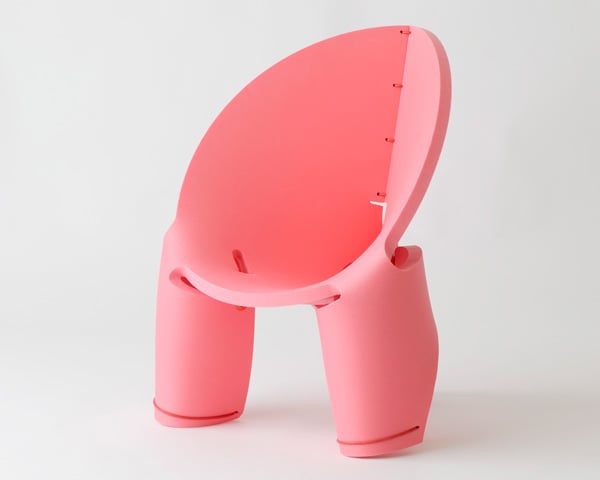
----------
Yanko Design
Timeless Designs - Explore wonderful concepts from around the world!
Yanko Design Store - We are about more than just concepts. See what's hot at the YD Store!
A biker can now pedal out hand sewn caps for the NYC museum
by: Ecofriend, 2011-06-21 11:19:53 UTC
Snigdha Dalmiya:

Pedal PowerSewing machine powered by bicycle
This idea may come across as bizarre, but on peeling the layers one will find a great eco friendly idea and a new generation trend setter, all in one package. We are talking about a bike that powers a sewing machine and churns out flippant bicycle caps in different hues and patterns to be sold as a souvenir in the grand shadows of the NYC museum.
Picture Gallery
Bike Powered Sewing Machine for NYC Museum
The concept took shape when Laura Martínez del Pozo and Jaime Sevilla Moreno, co-founders of peSeta stumbled upon a bike left back by their friend in their sewing shop. Being skilled workers on the machine and with an ‘out of the box’ outlook, they set up the bike with their machines and attempted to backpower the electric machine with sheer physical energy. Through this task, they succeeded and how! Now they are the renowned owners of the brand peSeta and have a reliable tie up with the great NYC museum.
The museum sells these bike caps exclusively under its name both online and through its trademark ‘brick and mortar’ stores. With a pocket pinch of $45, these caps are not only brilliant style statement but also a symbol of being manufactured in the green way. A deluxe version of these caps is also sold at the stores which costs double the price of the normal version i.e $90, but comes with such tempting add-on that one can’t miss out.
The deluxe cap comes packed in a wooden cheese box (now how cool is that) along with a DVD that showcases the entire human powered, ecological and interesting process behind its manufacture. With the garment and fashion industry gathering higher stakes each day with the consumers, a need arises to bring about a fundamental change in manufacturing the clothes and accessories. PeSeta has taken a pioneering step in this direction and hopefully this ingenuity will be appreciated and followed with due diligence.
Via: Ecouterre


 EADS VoltAir all-electric aircraft concept unveiled in Paris
EADS VoltAir all-electric aircraft concept unveiled in Paris
by: Gizmag Emerging Technology Magazine, 2011-06-21 21:41:10 UTC

One of the displays that has generated a lot of buzz at the
Paris Airshow 2011 is EADS’
ZEHST concept – a zero-emission hypersonic airliner, that could be whisking passengers from Tokyo to London in under 2.5 hours, by the year 2050. Sitting alongside the ZEHST model, however, is another EADS concept aimed at the more immediate future. It’s called VoltAir, and it’s a proposed all-electric airliner that could be flying within 25 years...
Continue Reading
EADS VoltAir all-electric aircraft concept unveiled in ParisTags: EADS,
Electric Aircraft,
Paris Airshow 2011,
superconductor
Related Articles:


 Solar-powered Samsung NC215S netbook to arrive in Russia and USA
Solar-powered Samsung NC215S netbook to arrive in Russia and USA
by: Gizmag Emerging Technology Magazine, 2011-06-22 01:24:40 UTC

The Russian branch of Samsung has officially announced the solar-powered Samsung NC215S netbook. Two hours of sunlight exposure of the unit's solar panel is said to give up to one hour of working time, with the total battery life estimated to be 14.5 hrs. There's a couple of Intel Atom CPUs to choose from, a hybrid sleep mode, and the 10.1-inch 1024 x 600 pixel display is designed for use in direct sunlight. The official announcement concerns an August release in Russia only, but the NC215S is rumored to appear in the US even sooner...
Continue Reading
Solar-powered Samsung NC215S netbook to arrive in Russia and USATags: Netbook,
Samsung,
Solar
Related Articles:


 Artificially Grown Lab Meat Could Reduce Emissions By 96%
Artificially Grown Lab Meat Could Reduce Emissions By 96%
by: Inhabitat , 2011-06-21 19:42:20 UTC

For many meat lovers, the idea of eating something that has been “grown” in a lab isn’t particularly appealing. However a new study by scientists at Oxford University and Amsterdam University has revealed that artificial meat could slash carbon emissions by a staggering 96%, offering a greener alternative to the tremendous environmental impact of the livestock industry.
Read the rest of Artificially Grown Lab Meat Could Reduce Emissions By 96%
Permalink |
Add to
del.icio.us |
digg
Post tags: amsterdam university, artificial meat, artificially developed meat, livestock emissions, livestock environmental impact, meat co2 emissions, meat emissions, meat industry emissions, meat industry environment, meat industry environmental impact, oxford university
Hydro-Electric Barrel Design Uses Moving Water to Generate Energy
by: Inhabitat , 2011-06-21 20:40:40 UTC

A new design for a hydroelectric generator could cheaply light up off-grid areas. The Hydro-Electric Barrel is a spinning water wheel that floats on the water surface and turns in the current. The spinning motion drives permanent magnet generators inside. It could generate enough power to light banks of LEDs and light up bridges, buoys, or even charge mobile devices in off-grid areas and developing countries. And, because it sits on the surface, it doesn’t disrupt the environment as much as other hydro-power technologies.
Permalink |
Add to
del.icio.us |
digg
Post tags: "clean energy", eco design, green design, green energy, Hydro-Electric Barrel, hydroelectric energy, hydroelectric generator, mike lowery, renewable energy, sustainable design, water energy
Sherwin-Williams' Paint Made from Plastic Bottles and Soy Nets EPA Award
by: Greener Design, 2011-06-21 23:23:44 UTC
Paints made with plastic bottles and soybean oil, and safer chemical building blocks are among those awarded by the U.S. EPA.

 Namon Nassef works magic with the ZLD and converts waste into precious water
Namon Nassef works magic with the ZLD and converts waste into precious water
by: Ecofriend, 2011-06-21 05:25:07 UTC
Snigdha Dalmiya:

ZLDZero Liquid Discharge Sewage Elimination System
It is said that about 95% of water, that enters our houses, is flushed down the drain every day. With the rising concern of water scarcity, the world needs inventors like Namon Nassef to come with green innovations. He is credited with the invention of the ZLD or the Zero Liquid Discharge which is a sewage elimination system.
This is a device which treats galley and toilet water accumulated in ships and cruises to create clean and fresh usable water. It is actually a mini sewage treatment plant consisting of primary and subsequent stages. This has been developed as an installation in boats and ships to treat waste water. This machine uses the escaped energy in combustion engines (which accounts for around 70-65 percent) and performs the dual task of preventing water and energy wastage. Let’s take an insight as to how this technology works: when someone flushes down toilet water or or takes a shower, waste water this goes down the drain. It first enters the ZLD equalization tank where waste is ground into pieces of or less than the quarter of an inch in diameter.
The second stage takes place in the homogenizer where three sets of sharp blades dissolve the solids into 0.002 inch particles. This mixture of water and microscopic waste then gets pressurized or compressed by an injector pump and get sprayed into the engine’s exhaust system. As mentioned earlier, the escaping heat from the engine (with a temperature of at least 550°F) evaporates all the waste and oxidizes all the organic matter giving only CO2 and clear water vapor as the resultant products. The concept can not only be limited to water vehicles but also long journey roadsters like the RV or caravans also.
Another great potential industry where this can work wonders is the airplane industry where this zero liquid technology can replace the vacuum toilets. Nassef has taken a total of seven years to make this dream project materialize, which a core investment of hundreds of thousands of dollars (no particular estimate can be placed on the cost).
While the first attempt, which was an assembly of washing machine parts and a paint bucket, was the foundation of the basic concept, Nassef’s 11th version of his own design has actually been finally certified by the US Coast guard to be used as a marine sanitation device in 2007. Thus all the labor and hard cash that went into its materialization ultimately culminated into an award winning invention. Nassef was honored with the 2011 invention awards and his efforts and thoughts were acknowledged to the fullest potential.
Via: Popsci



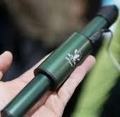



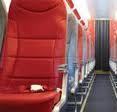
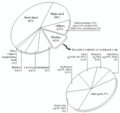
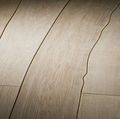

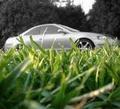

Comments by our Users
Be the first to write a comment for this item.